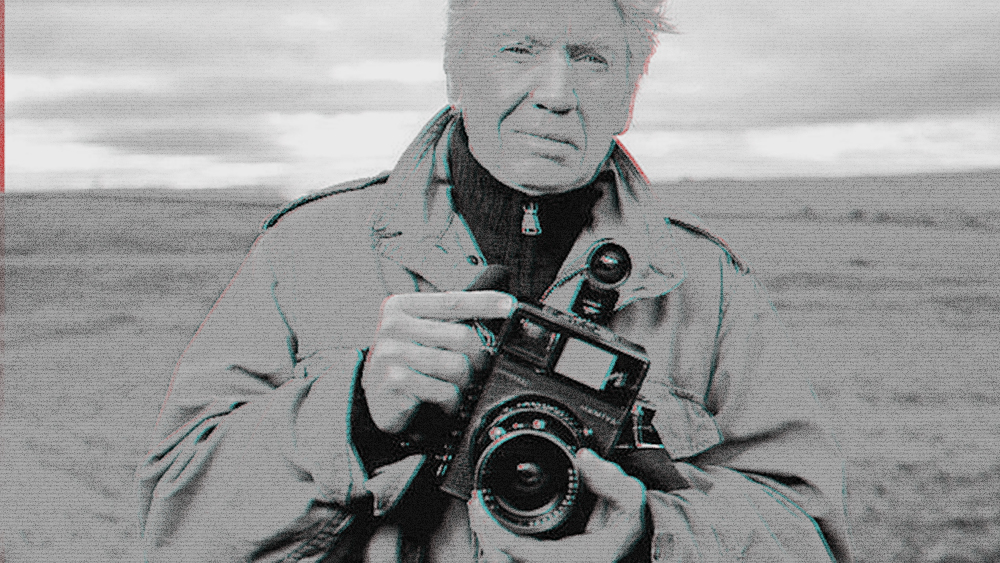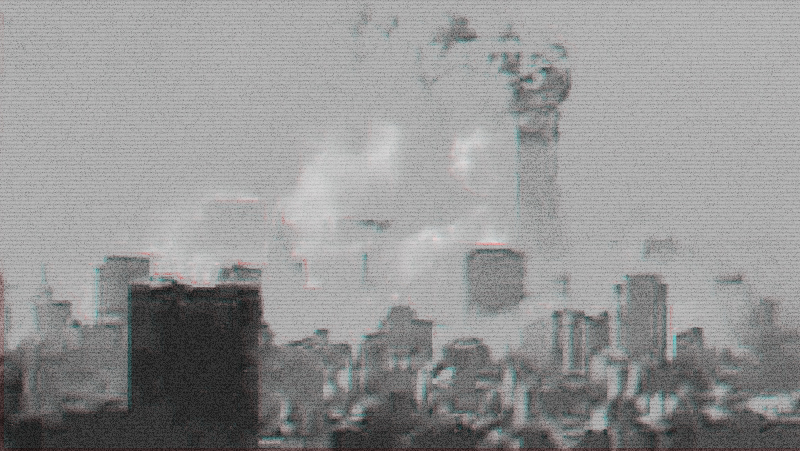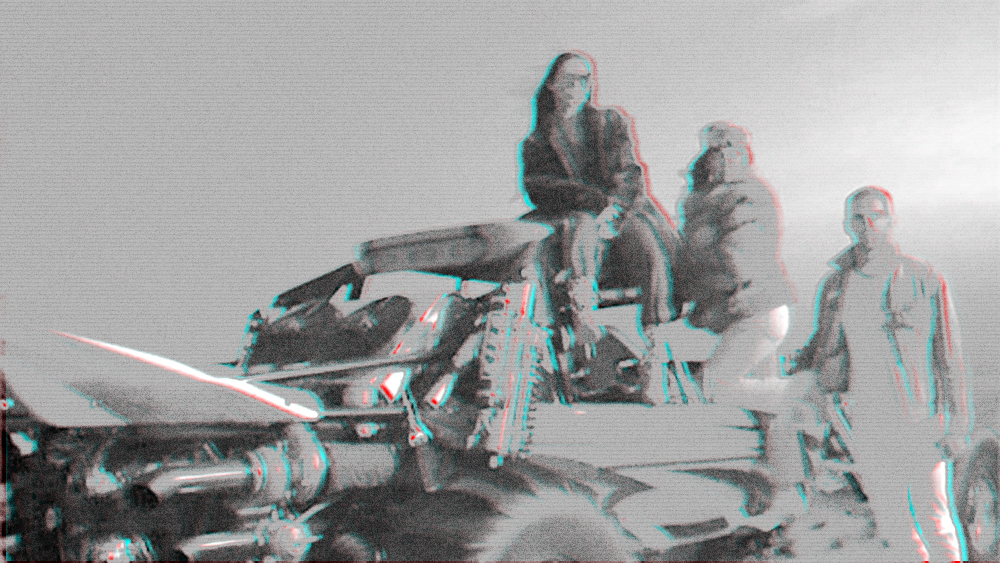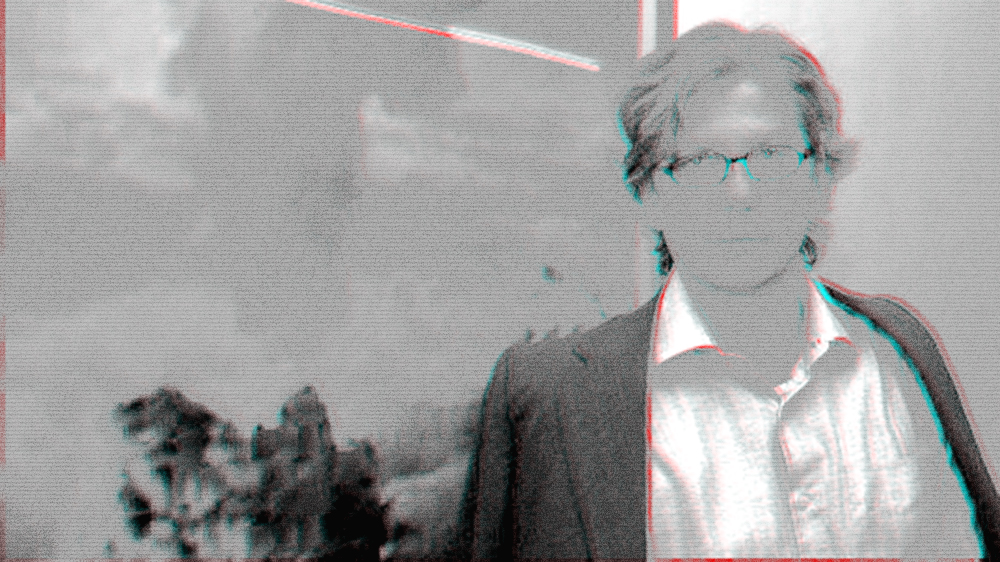In a world where digital images have reached a definition that matches and even exceeds human perceptual abilities, how can we evaluate the veracity of an image? Nowadays, paradoxically, people think that low-resolution pictures are more authentic than HD images. That’s because the raw aesthetic of found footage and amateur movies is associated with the absence of digital manipulations and post-production processes. However, these processes can also be used to transform a high-definition image into a low-resolution one. So low-res images aren’t always testimonials of truth. The question becomes even more important with the current advent of Virtual Reality; an immersive revolution that is scarily similar to our normal visual experience. Let’s analyze the issue through the experiences and opinions of some artists.

Don McCullin has captured some of the most famous images associated with conflict in the 20th and 21st centuries. The photojournalist is best known for his moving, often harrowing images taken during the wars in Vietnam and Cambodia. In a recent interview, he has lamented the digital domination of his field, calling it a totally lying experience that cannot be trusted. McCullin states that “photography had been hijacked because the digital cameras are extraordinary. I have a dark room and I still process film; but digital photography can be a totally lying kind of experience, you can move anything you want. The whole thing can’t be trusted really”.
Dutch team Metahaven’s latest film interrogates what we consider as truth in the digital world. Information Skies (2016) is an ambitious example of design fiction applied to experimental film-making in pursuit of a topic that couldn’t be more timely: how is our deep immersion in the globalised sphere of digital communication changing our perceptions of what can be said to be true? Set in an imaginary world somewhere in a not-too-distant future, the hybrid film has three visual levels often blended together. Live action, anime-like animation and a graphic overlay composed of coloured abstract shapes all coexist in the same image. The story follows a young couple, first seen wearing virtual reality headsets into a forest. An Hungarian voiceover is the only source of information about what is happening. Nothing can be verified and it isn’t clear whether the forest is a real location or a VR projection; or is the VR what we see unfold in the animation? The usual question returns.






